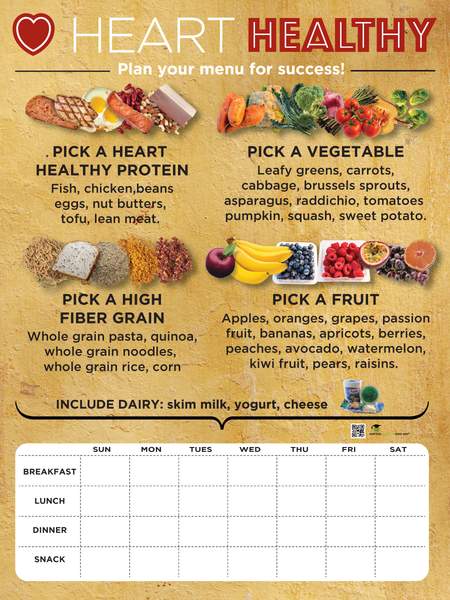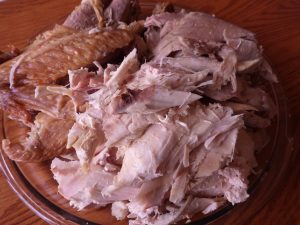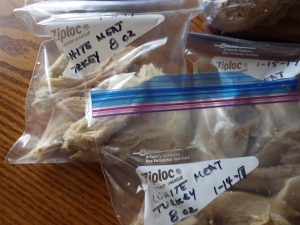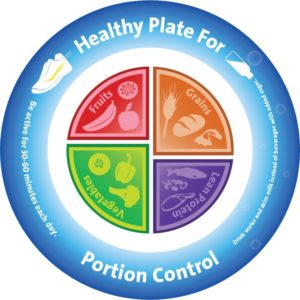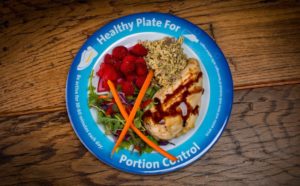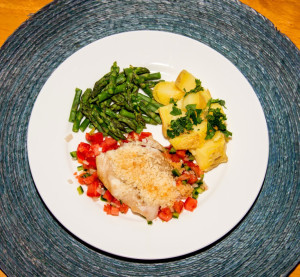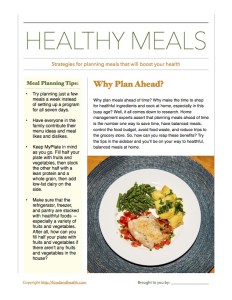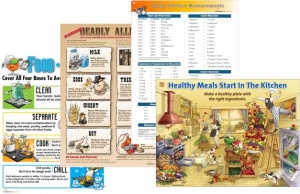Don’t worry, we’re not talking about anything controversial!
In fact, our Which Side are You On? PowerPoint show will appeal to everyone who wants to eat healthier for any reason.
One side is the typical American diet of fast food and sugary beverages. The other side is a healthier eating pattern filled with nutrient-dense, less-processed foods like fruits, vegetables, whole grains, lean protein, and low-fat dairy.
Which Side are You On? uses more than 50 professional photographs of real food to compare the two sides.
This is a great way to do nutrition education for visual learners, people with low literacy, or any audience you want to impress. They will appreciate the picture comparisons and the messages will be easy to remember.
Use Which Side are You On? to teach:
- Older adults at a senior center or retirement community.
- Parents of young children (maybe for parent’s night at a child care center or elementary school).
- Middle, high school, or college students or student-athletes.
Bonus – it’s only about 20 minutes long, leaving you plenty of time for Q&A or a cooking demo!
There’s also a Which Side are You On? poster. The poster and the PowerPoint come with our Fast and Lean Meal Planner Handout, which will help your audience start choosing the healthy side for all their meals right away.
Hollis Bass, MEd, RD, LD





